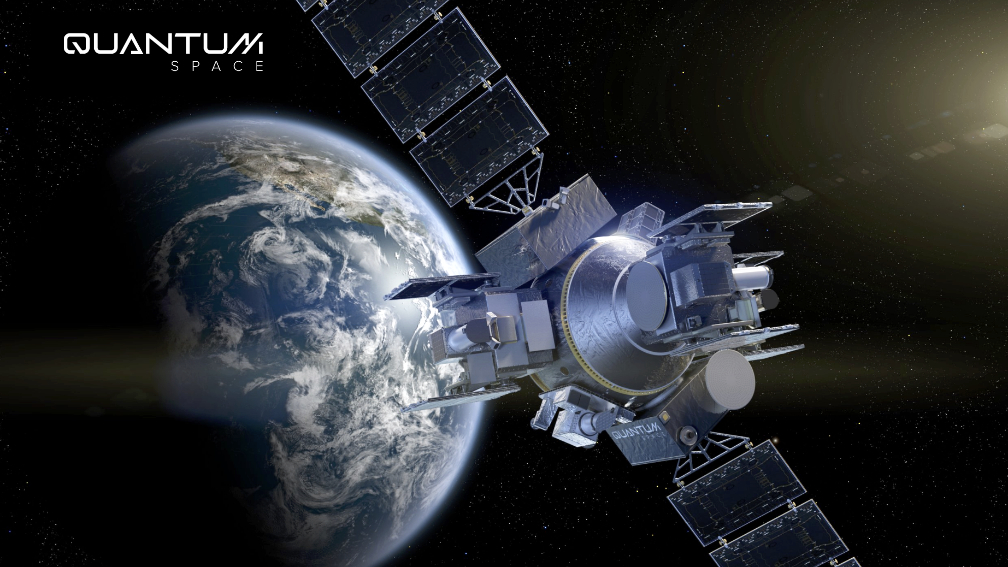
Quantum Space has unveiled the company’s Sentry mission, the first in a series of milestone demonstrations to prove out end-to-end communications and data generation capabilities — the company is creating a modern, high-speed connectivity network, dubbed QuantumNet, that will deliver always-on, fast connectivity everywhere in deep space, from GEO and cislunar space and well beyond the isolated far side of the moon.
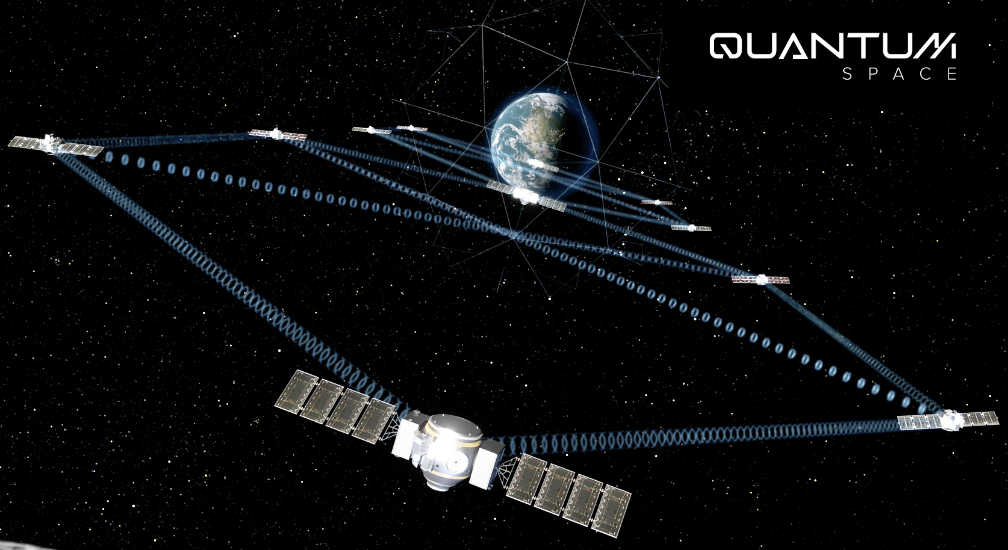
Scout-1, the first in the company’s family of sensing vehicles, is scheduled to launch on the SpaceX Transporter-10 mission from Cape Canaveral, Florida no earlier than March of 2024. Headed to SSO in LEO, the spacecraft will simulate a sensor asset or node in the company’s QuantumNet architecture.
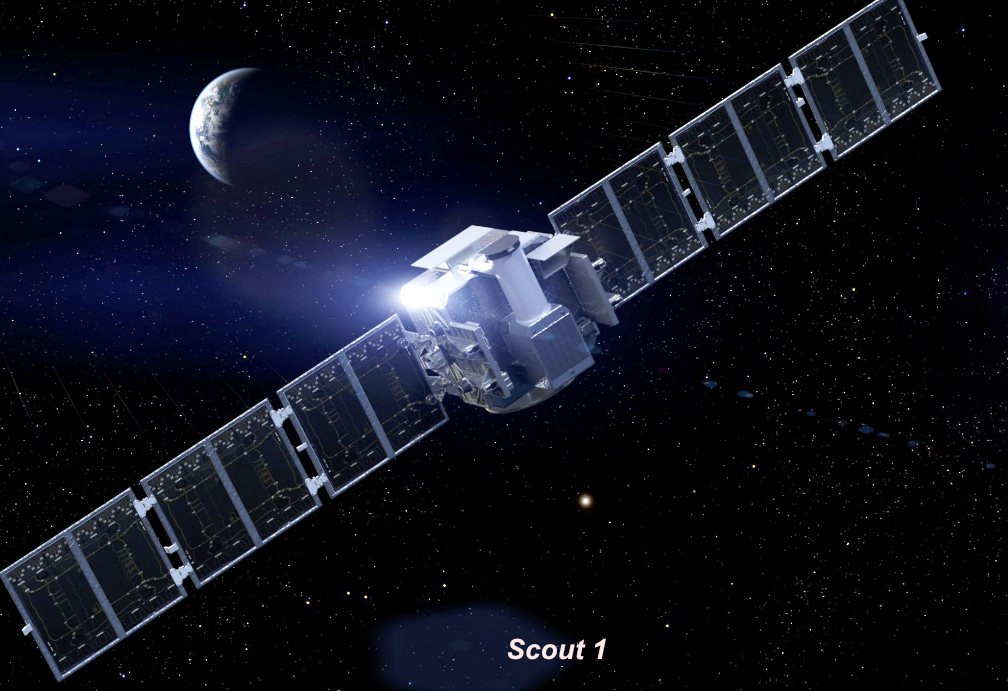
Reprise Space Systems LLC, better known as SEOPS, is providing mission integration services and its U.S.-built deployer, Equalizer. With nearly 250 beyond-Earth missions already projected over the next eight years, implementing deep space infrastructure is becoming increasingly critical for organizations planning to operate in hard-to-reach places in space.
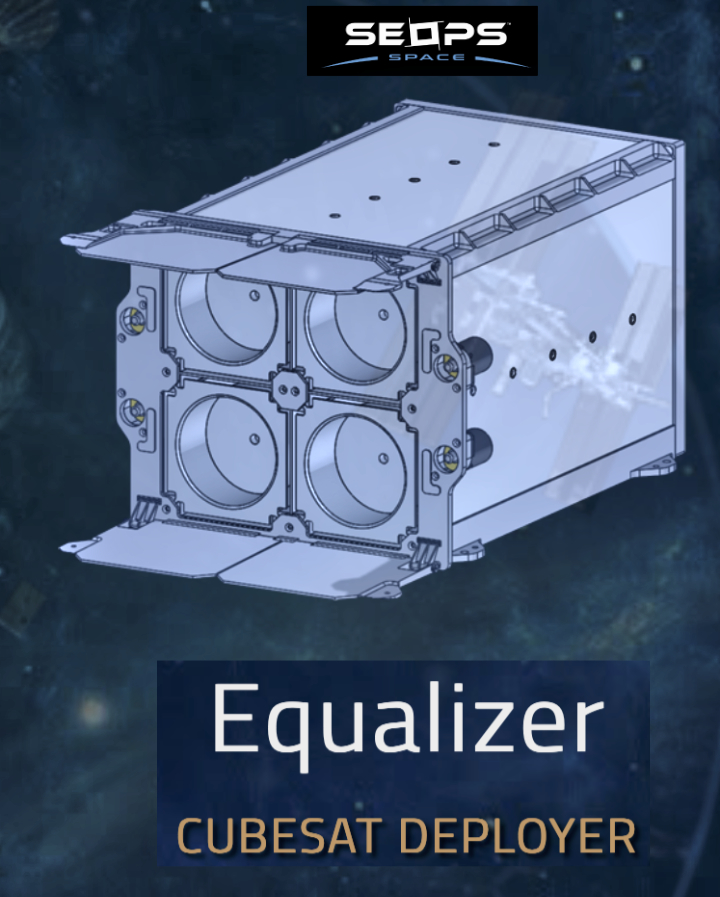
Quantum Space’s large, multi-ops, Ranger vehicle is at the heart of the modular network architecture. Ranger vehicles will provide critical operational capabilities in deep space, starting with hosting and deploying government and commercial payloads supporting new space economies and national security initiatives. Additionally, the versatile spacecraft will have data and communications sensors onboard and offer on-orbit processing power via AI and Machine Learning (AI / ML) to enable fast and efficient data generation and transfer.
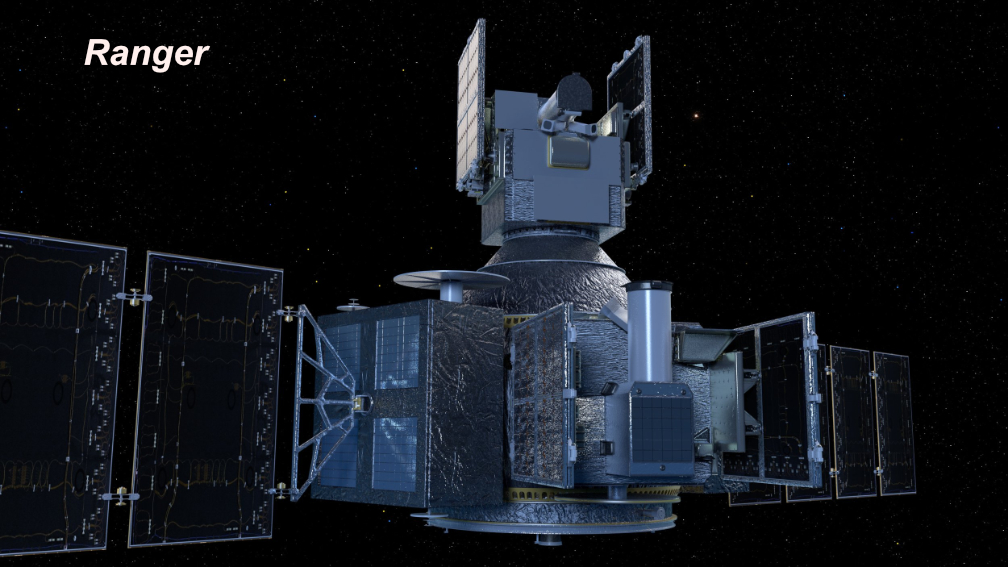
“Launching Scout-1 is an important milestone and first step toward delivering a flexible and modern data and communications relay network and will serve as a proof of concept for our QuantumNet architecture. Partnerships between the U.S. Government and commercial innovators have opened the door to new ideas and breakthroughs in building a cislunar economy, and we are excited to pave the way in building the underlying infrastructure needed to support deep space commerce, national security and scientific exploration.” — Kerry Wisnosky, President and CEO, Quantum Space
“Ultimately, our goal is to open GEO and cislunar space to their full potential and help organizations leverage new innovations. This first demonstration mission will prove invaluable as we gain operational insights for our upcoming mission.,” — Sue Hall, Senior Vice President of Programs and Operations, Quantum Space.
